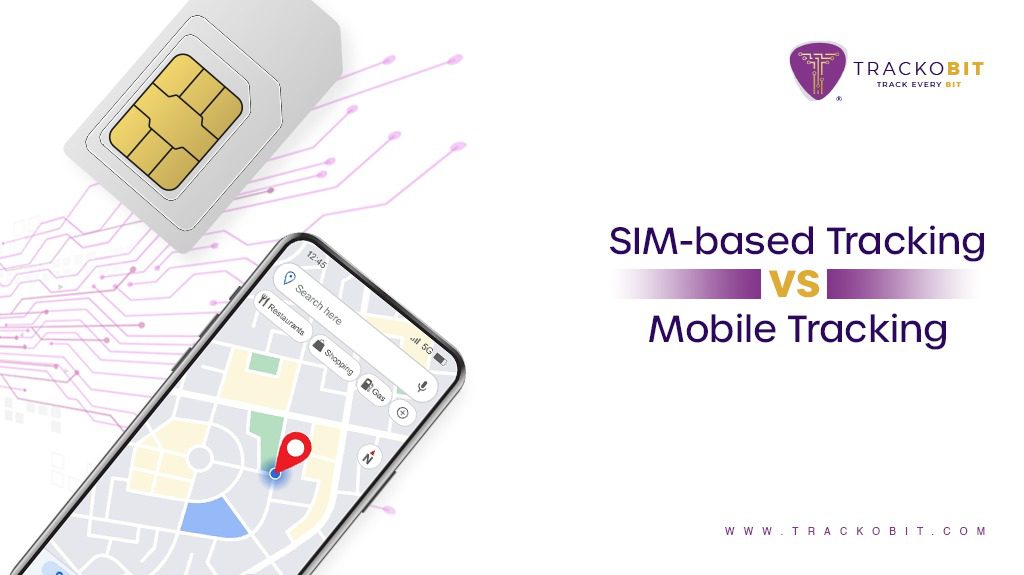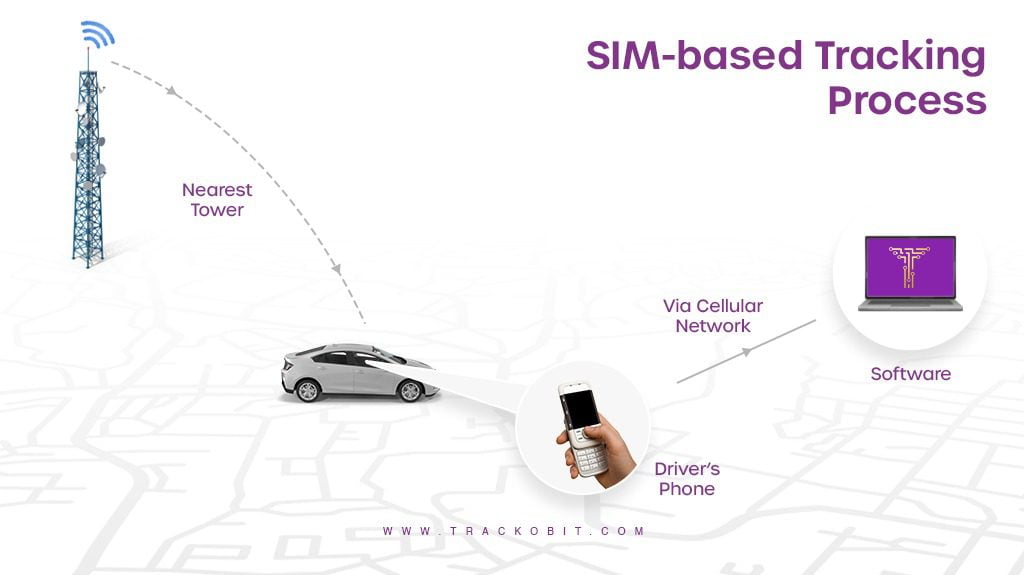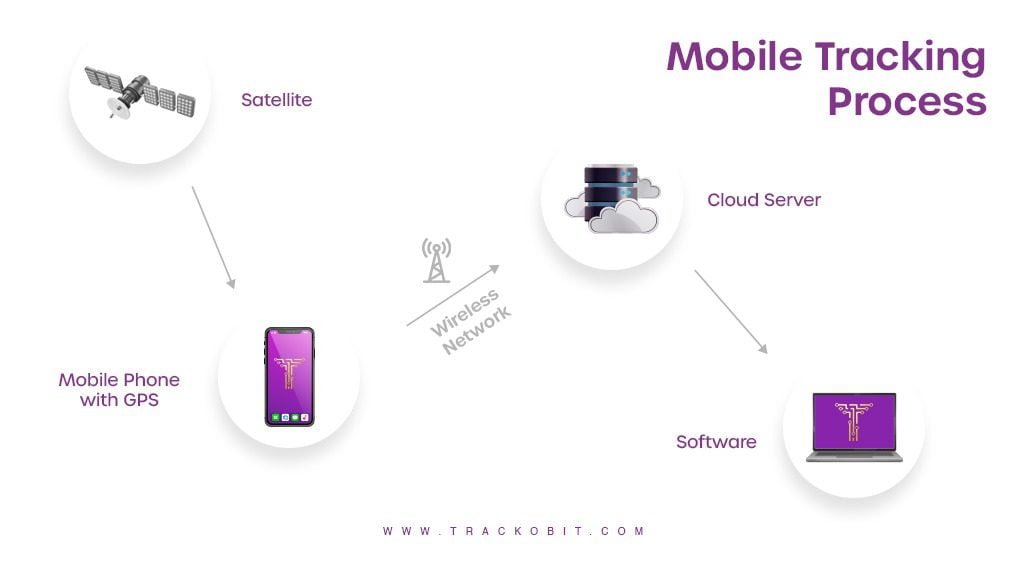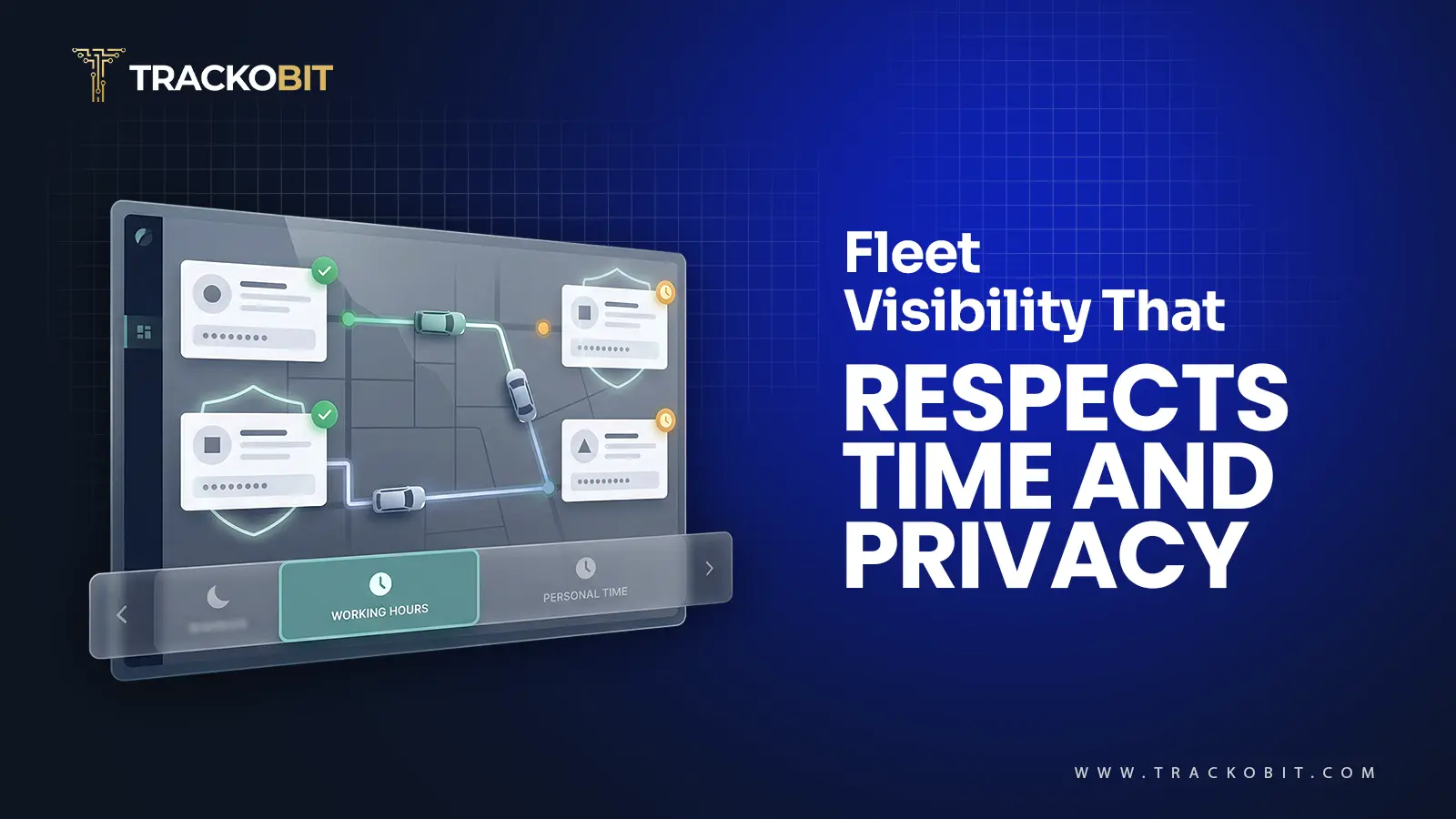-
TrackoBit
Manage commercial vehicles with the new-age Fleet Management Software
TrackoBit -
TrackoField
Streamline your scattered workforce with Field Force Management Software
TrackoField -
Features Resources
-
Blog
Carefully curated articles to update you on industrial trends. -
White Paper
Insightful papers and analysis on essential subject matters. -
Glossary
Explore an alphabetical list of relevant industry terms. -
What’s New
Get TrackoBit & TrackoField monthly updates here. -
Case Study
Explore the cases we solved with our diverse solutions. -
Comparisons
Compare platforms, features, and pricing to find your best fit.
-
About Us
Get to know TrackoBit: our team, ethos, values, and vision. -
Careers
Join the most dynamic cult of coders, creatives and changemakers. -
Tech Support
Learn about our technical support team and services in detail. -
Events
Check out the exhibitions where we left our marks and conquered. -
Contact Us
Connect with us and let us know how we can be of service.
SIM-based Tracking vs Mobile Tracking: What is Right For You?
- Author:Drishti Dua
- Read Time:7 min
- Published:
- Last Update: November 9, 2023
Table of Contents
Toggle
With the growth in technology, tracking is no longer a simple affair. Earlier it was simple, invest in GPS Tracking Software and that’s it! But now there are so many options to choose from. Everyone wants what is best for their business.
Table of Contents
Toggle
But the question is, what is the best?
Well, you have come to the right place for answers! Through this blog, we will understand the difference between how SIM-based and mobile tracking operate. But before we do that, let us first understand both these procedures separately.
How Does SIM-based Tracking Function?
SIM-based tracking, just as its name suggests, is a system that tracks location with the help of a SIM card. Sounds pretty easy, doesn’t it? Well, there is a lot more that goes into the process than you might think. Let us understand each one properly for a better picture:

Step 1: The phone number of the driver is entered into the system. They immediately receive a request for connecting their SIM to the system. Tracking cannot begin without their permission. After they grant access, the software does the remaining work.
Step 2: The managers wanting to track their drivers will schedule hits when the system will request information from these cellular towers.
Step 3: As the driver is moving from point A to point B, the SIM card connects to several cellular towers to receive a signal. The system receives the coordinates of the cellular tower closest to the device when the request was sent.
Step 4: The system organises the information packages it receives from the cellular tower. This helps them create a series of locations the driver performing a task has passed through.
Step 5: This information is reflected in the managers’ system.
SIM-based tracking functions on a coin bank system. Managers get prepaid coins from the service provider. After they have scheduled the frequency at which they want to receive information, coins are deducted from the system with every request. This means the managers are in control of how much they pay for the tracking of every trip.
Fleet managers using SIM-based tracking systems can plan their tracking based on their requirements. For trips of high priority, their information request frequency can be higher. This means the system will provide them with data more frequently, making the route tracked more specific.
What is Mobile Tracking?
Mobile tracking is the second way you can track the location of your drivers. How? Well this time instead of cellular towers, we use satellites. Smartphones these days are created with in-built GPS trackers. Every one of these GPS trackers is connected to almost 3-4 satellites. These trackers communicate with the satellites to receive their precise location coordinates.
The information thus stored is communicated to the Best fleet management system cloud via GSM towers. In case the mobile phone does not have a network, the information transmission between the satellite and the GPS tracker continues. It is only the communication part of the process that suffers. But as soon as the mobile’s network is restored, it opens up communication with the system again.
This communication is what we usually call telematics.
After the cloud receives this binary information, it is decoded into information easy to understand fleet management system users, a.k.a managers. Because the route mapping conducted this way uses the mobile’s live locations, the tracking is very accurate. Managers have access to the exact path their drivers followed to execute a task.
Read Blog – What is GPS Tracking Software 101

SIM-based Tracking vs Mobile Tracking
We now know SIM-based tracking and mobile tracking work individually. But both of them come with their own set of pros and cons. Let us understand they differ from one another:
|
SIM-based Tracking
|
Mobile Tracking
|
Where Should I Use Fleet Management System: SIM-based Tracking and Mobile Tracking
Every business is unique and so are its requirements. This is why whether they prefer to use SIM-based tracking or mobile tracking is completely their call. Now that we have an idea of what is the difference between both these methods, let us see which one is more suitable for you.
SIM-based Tracking
We have now understood the advantages and disadvantages of using SIM-based tracking for your vehicles. In real-life scenarios, here are two cases where SIM-based tracking can be very beneficial for your business:
Case 1: Businesses that do not have to monitor their drivers’ activities but are only interested in confirming if their location can benefit from SIM-based tracking. They can see if their employees are on the right routes designated to them. All the drivers have to do is grant access to their SIM card information and that’s it!
Case 2: A business planning to hire temporary drivers or vehicles on rent for short periods can be in a pickle. They are sceptical to allow these drivers access to your entire system but also require tracking their location for the safety of consignments. So you can track their SIM instead in just a few steps.
If we look at a real-life example where SIM-tracking proves to be useful, it can be for fleets that contract their drivers. While permanent drivers require documentation, these contracted drivers have no such liability. This is why they can be added to the system for one trip at a time and tracked using the coin system we mentioned above.
Mobile Tracking Use-cases
A mobile tracking system is a more long-term investment for any business. The features that this system has to offer are an additional benefit with vehicle live tracking. It is a system that helps fleet businesses in the long run and saves them cut down a lot of operational costs as well.
It allows fleet managers to supervise their driver’s productivity as well. It also promotes easy communication.
However, mobile tracking is more suitable for tracking on-field employees. Managers can ensure that their executives are at task locations and performing the tasks assigned to them. Precise location helps these businesses boost their profitability and reputation amongst clients.
Mobile Tracking System vs Vehicle Tracking Software
Well, throughout this blog we have been talking about how a mobile tracking system is a good solution for you to track your fleet drivers. But there is a catch. What if you wish to track your fleet vehicles? You might be wondering, isn’t it the same thing? No, it is not, and let us understand why.
For vehicle tracking systems, a GPS tracker is installed with the vehicle. Similar to how mobile tracking receives and sends information, their vehicle trackers also use satellites. But the data this system sends to the fleet management software is a lot more useful for businesses looking to optimise their fleet operations.
From vehicle diagnostics for better vehicle health to driver behaviour monitoring, this system is more detailed. Using dashcams also ensures that the person behind the wheel is your designated driver. This gives your fleets an added layer of security by ensuring your vehicles are in the hands of trained professionals.
In the End
While both SIM-based tracking system and mobile tracking have their own set of pros and cons, ultimately it is the efficiency that counts. This is why businesses and clients prioritise accuracy over budget.
Mobile tracking can be the perfect way for your fleet managers to keep track of their drivers and their real-time activities and that too without any errors! This makes investing in this system worth it.
TrackoBit is a multi-dimensional fleet management system. Its robust solutions and actionable reports make it very easy for managers to study their fleet’s operations. After all, it is only by understanding what your business is lacking can steps towards corrections and change can be taken.
Drishti Dua, a Content Contributor at TrackoBit has a rich background in literature and professional expertise in SaaS and technology writing. She has carved her niche in the space of Geospatial techn... Read More
Related Blogs
-

When Tracking Needs a Clock: Rethinking Fleet Visibility
Tithi Agarwal December 24, 2025Read on to understand why fleet tracking works better when it follows working hours. Because visibility should support operations, not…
-

What Makes TrackoBit’s Video Telematics Software Truly Next-Gen?
Shemanti Ghosh December 17, 2025TrackoBit’s video telematics software blends smart video intelligence with full server control. The result? Superior fleet reliability and safety.
-

Plug, Pair, Perform TrackoBit Introduces BLE Sensor Integration
Tithi Agarwal November 26, 2025TrackoBit’s BLE Sensor Integration enables wireless, real-time monitoring with faster installs and accurate insights. It improves fleet efficiency, visibility, and…
-

How to Use Driver Behavior Reports as a Sales Hook to Close Big Fleets
Tithi Agarwal October 16, 2025TrackoBit’s driver behavior reports empower fleet providers to win big contracts by showcasing safety, efficiency, and measurable ROI.

Subscribe for weekly tips to optimize your fleet’s potential!
Your inbox awaits a welcome email. Stay tuned for the latest blog updates & expert insights.
"While you're here, dive into some more reads or grab quick bites from our social platforms!"Stay Updated on tech, telematics and mobility. Don't miss out on the latest in the industry.
We use cookies to enhance and personalize your browsing experience. By continuing to use our website, you agree to our Privacy Policy.

































